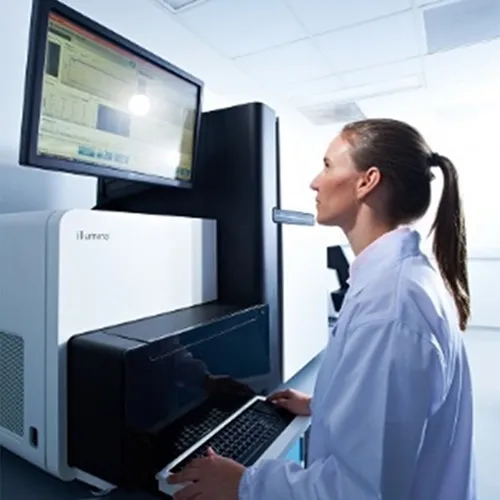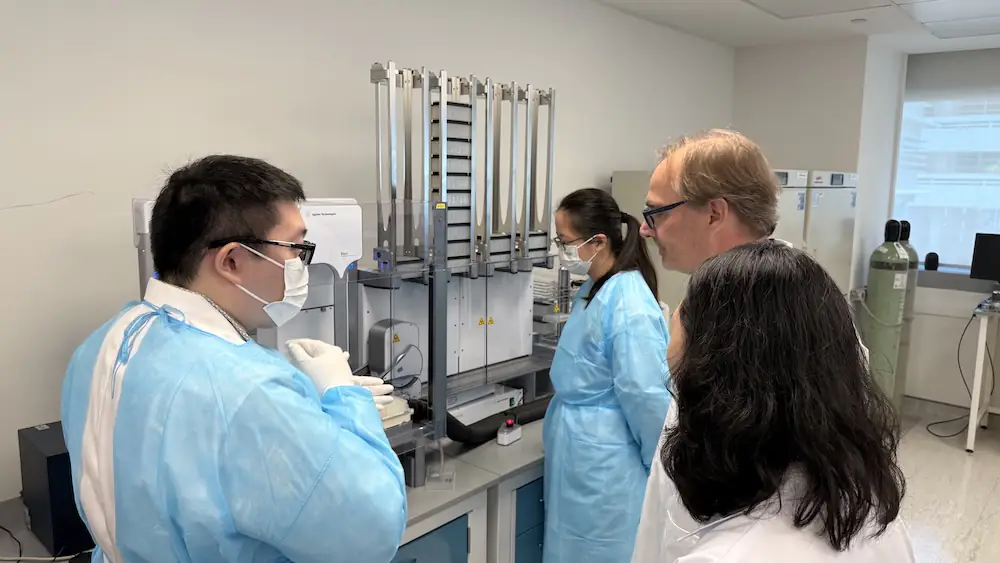Meta-’omics & Microbiomes
Research in the Meta-‘omics & Microbiomes cluster focuses on the development and application of high-resolution ‘omics technologies to study microbial communities in natural and engineered systems. Utilising next-generation sequencing, advanced bioinformatics, and an ultra-low biomass analytical pipeline, the cluster is unravelling the complexity of microbiomes in various environments through microbiome sequencing. Research areas include air microbiomes, environmental surveillance, and microbial interactions affecting public health and sustainability. This interdisciplinary approach provides insights into microbial dynamics, informs environmental and health policies, and supports sustainable practices through innovative microbial research and microbiome sequencing.
Specialising In
- Air microbiomes
- Microbial community meta-’omics
- Ultra-low biomass sequencing
- Bioaerosols and respiratory health
The Project
The Meta-‘omics & Microbiomes cluster at SCELSE focuses on understanding microbial communities using cutting-edge, high-resolution ‘omics technologies. The cluster leverages next-generation sequencing, bioinformatics, and advanced analytical tools to study the composition, function, and dynamics of microbiomes in various environments. Facilities include ultra-low biomass sampling, high-throughput sequencing platforms, and computational resources for metagenomic and metatranscriptomic analyses. These capabilities support projects like the isolation, characterisation, and microbiome sequencing of airborne microorganisms, aiming to elucidate microbial interactions and their impacts on ecosystem and human health.


The Goal
-
Advance microbial community research
Develop comprehensive insights into microbial interactions, diversity, and functions using ‘omics technologies, particularly microbiome sequencing, contributing to a deeper understanding of ecosystem dynamics.
-
Develop environmental surveillance systems
Implement metagenomic and metatranscriptomic tools to monitor and analyse air and environmental microbiomes, aiding in early detection of pathogens and environmental changes.
-
Enhance public health
Investigate the links between air microbiomes and respiratory health using microbiome sequencing, providing data to inform public health strategies and mitigate the spread of airborne diseases.
-
Support sustainability efforts
Utilise microbiome sequencing and microbial research to promote sustainable practices, such as bioaerosol monitoring for climate change impacts and microbial solutions for environmental remediation.
Core research themes Meta-‘omics & Microbiome cluster researchers participate in:
- Environmental Genomics & Surveillance
- Host Microbiome (Holobiont) Interactions
- Biofilm Biology, Mechanisms & Ecology
- Urban Water Cycle
- Microbiomes In Food Production
- Biofilm Detection & Control
- Marine Biofilms & Microbiomes
- Bioprocessing & Circular Economy
Publications

Enquire now!